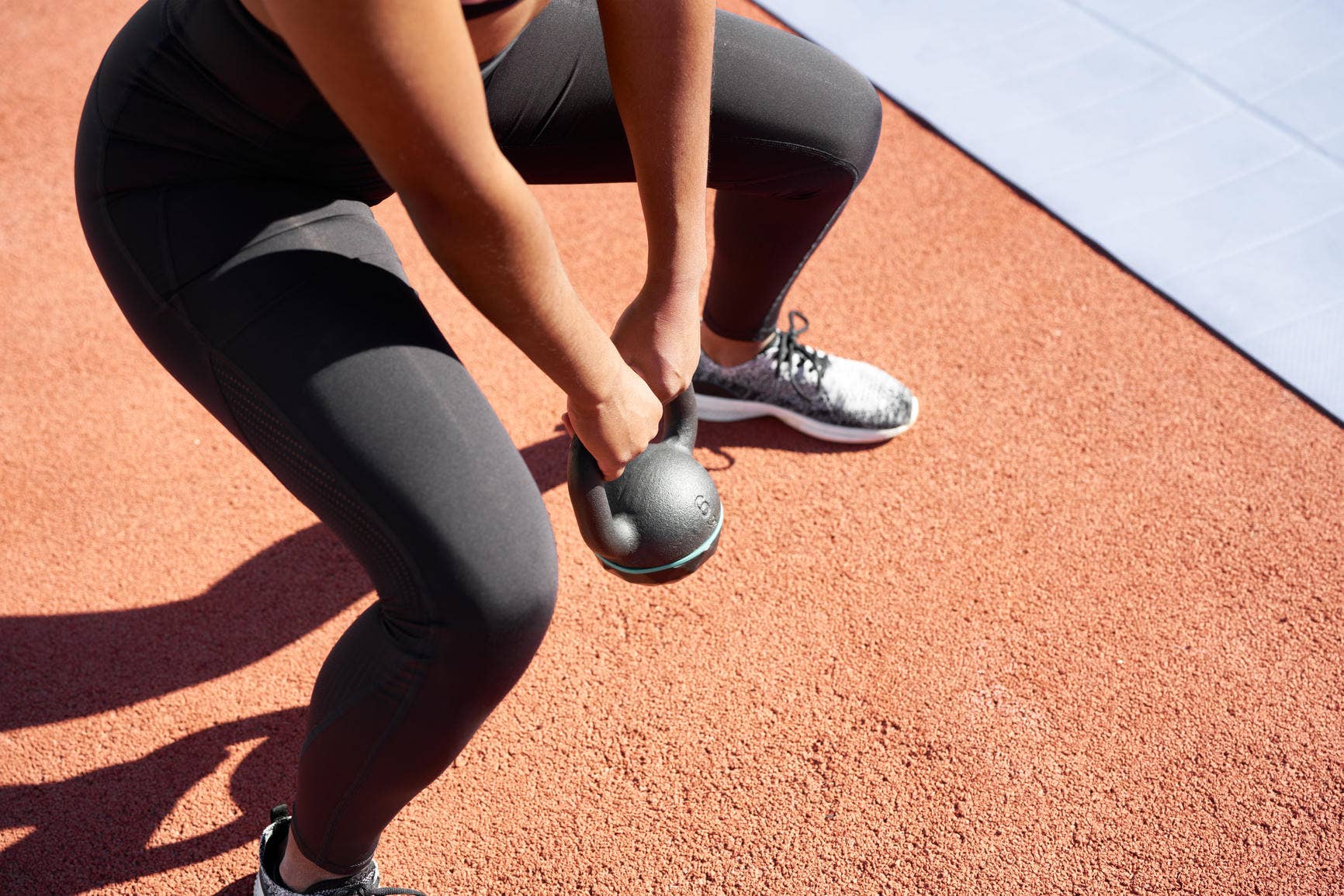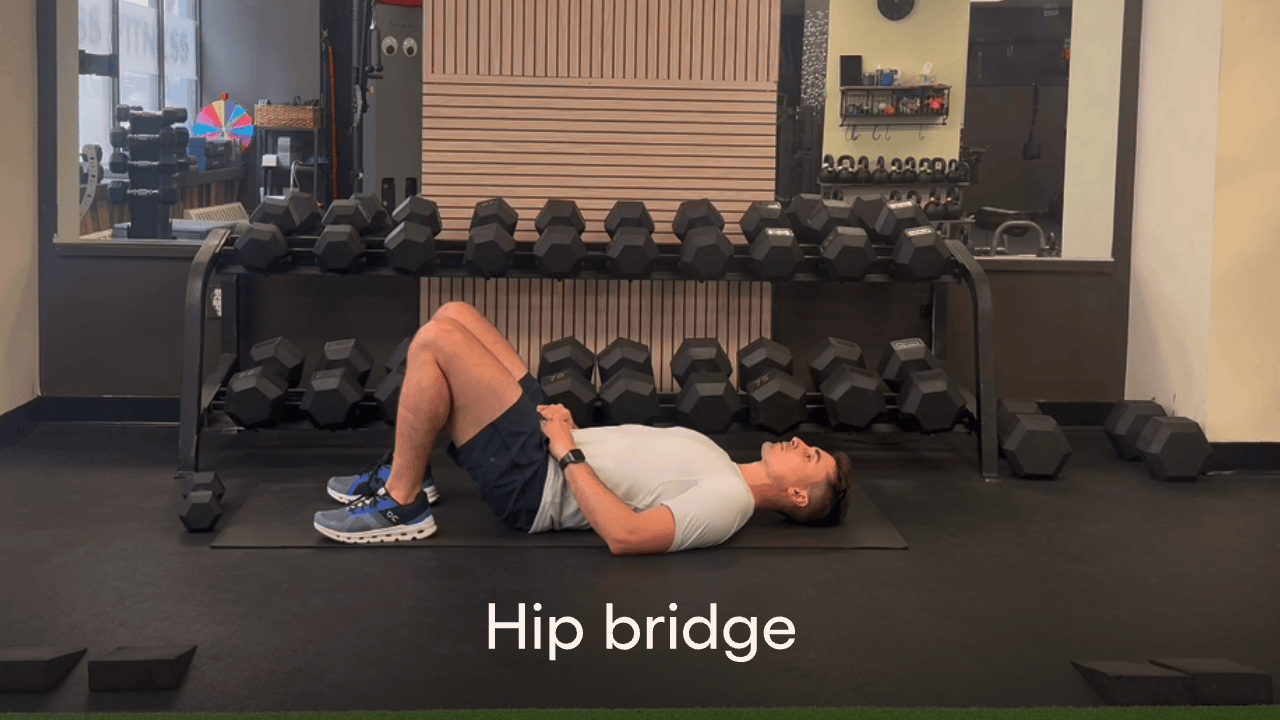3 simple moves to ease lower back pain


Lower back pain is a nearly universal experience, and about 4 out of 5 adults will contend with it at some point. For some, discomfort comes and goes; for others, it lingers, becoming a daily source of frustration and limitation. Much of the time, this pain is non-specific — meaning there’s no clear structural cause.
The mere fact that you have lower back pain, however, can make you more susceptible to other pain. It can make the nervous system more sensitive, amplifying even routine sensations. Think of it like a sunburn: Stepping into a hot shower may feel harmless on a normal day, but with a burn, the same water feels searing. In this case, your back is the sunburn...and everyday movement is the hot water.
It’s no wonder that many people begin to avoid activity. But that instinct, while understandable, can make things worse. Gentle, purposeful movement can help reset the nervous system, strengthen key muscle groups, and restore confidence in your body’s ability to move safely. If you’re experiencing lower back pain, these three evidence-informed exercises can be a helpful place to start.
Before you begin these exercises
But first, three important guidelines:
- See a physical therapist. Many people live with chronic pain for years without consulting a specialist. You don’t need a physician referral to book an appointment — most states allow direct access. A physical therapist can evaluate your specific needs and guide your recovery.
- Respect your comfort and control. Avoid any exercise that increases your pain. Movements should feel manageable and steady; pain should not spike during or after the session.
- Start small. It's easy to overdo it. Begin with just one set of each exercise, lasting 5 to 10 minutes total.
Exercise #1: Romanian deadlift

This variation of the deadlift reinforces healthy body mechanics for everyday activities like picking up groceries or lifting a child. It helps train the glutes, hamstrings, and core — all critical for back support. How to do it:
- Stand about a foot from a wall.
- With a soft bend in your knees, tilt your pelvis slightly forward (anterior tilt).
- Hinge at your hips, pushing them back as though reaching toward the wall.
- Stop when your hamstrings feel a stretch, your hips touch the wall, or your torso nears parallel to the floor.
- Reverse the motion by squeezing your glutes to return to standing, finishing with a slight posterior tilt (tucking your hips under).
You should feel this in your glutes, not your lower back. While this exercise is incredible for strengthening the glutes, core, and back, don’t load it up until you have your technique down. If your back pain is made worse by flexion of the spine, keep the reps low here and just use your bodyweight to start.
Exercise #2: Hip bridge

The hip bridge is a beginner-friendly way to wake up the glute muscles, which often become underactive in people with back pain. How to do it:
- Lie on your back, knees bent, feet flat on the floor, hip-width apart.
- Press your lower back gently into the floor.
- Push through your heels and squeeze your glutes to lift your hips.
- Stop when your body forms a straight line from shoulders to knees — no need to overextend.
- Lower slowly and repeat.
This movement can help take pressure off your lower spine by building strength and coordination in the posterior chain.
Exercise #3: Deadbug

This core-stabilizing exercise trains your deep abdominal muscles to support your spine during everyday movement. How to do it:
- Lie on your back with arms reaching toward the ceiling.
- Raise your legs so hips and knees are at 90 degrees.
- Press your lower back into the floor and brace your core.
- Slowly lower your right arm and left leg toward the floor while keeping your back flat.
- Return to the starting position, then repeat on the other side.
Tip: Imagine crushing a small grape under your lower back. That’s the level of abdominal engagement to aim for — without actually moving your spine.
The bottom line
These exercises won’t fix every case of lower back pain, but for many, they offer a simple, consistent foundation. They promote strength, control, and resilience — all vital for reducing pain and regaining function.
Start with short daily sessions, stay within your comfort zone, and focus on quality of movement rather than quantity. And remember: Progress in pain relief is rarely linear. What matters most is consistency and support. That might mean seeing a physical therapist, or simply giving yourself permission to move again — with care.
You deserve to feel better in your body. Sometimes, all it takes is a few thoughtful steps in the right direction.
This content is for informational purposes only and does not constitute medical advice, diagnosis or treatment. It should not be regarded as a substitute for guidance from your healthcare provider.
